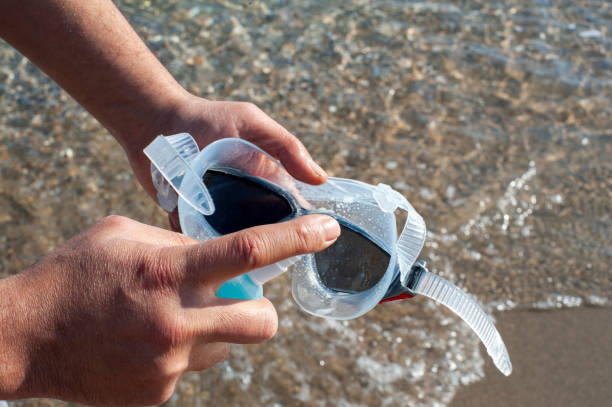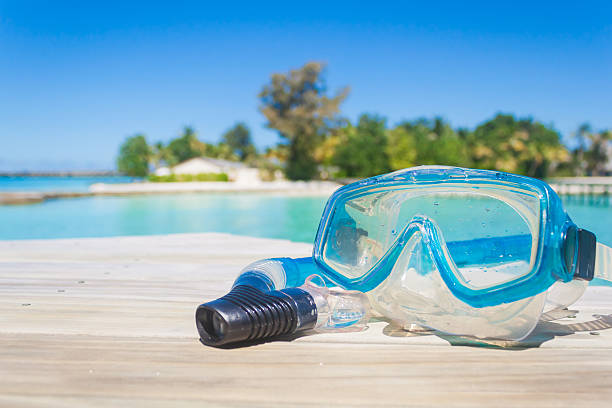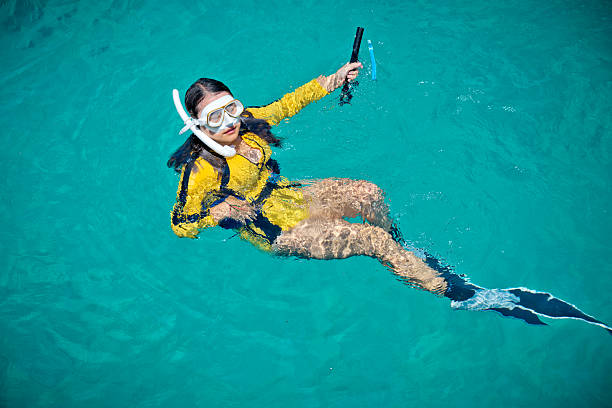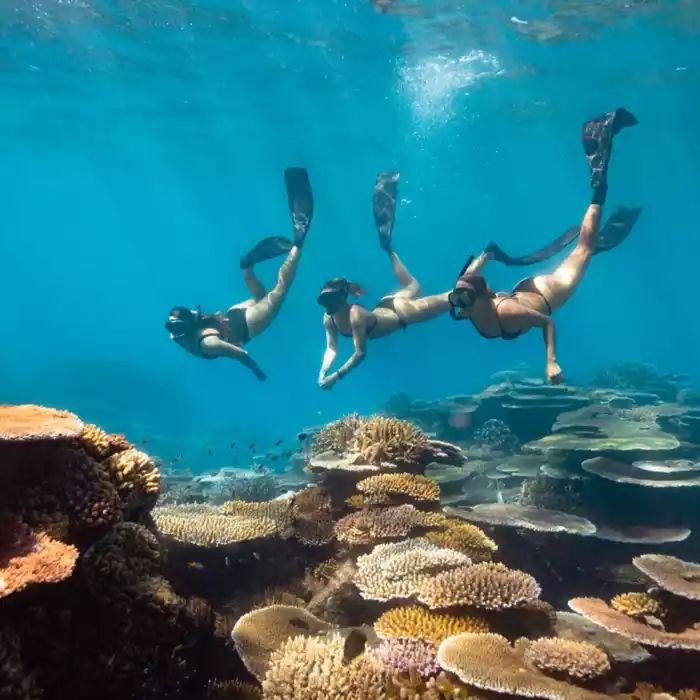
fuente: pinterest
La apnea es un deporte fascinante y emocionante que permite explorar las fascinantes profundidades del mundo submarino. Combina el arte de contener la respiración con la atención plena, lo que permite conectar con el océano de una forma estimulante y liberadora. En este artículo, profundizaremos en los detalles de la apnea, analizando sus fundamentos, beneficios y más. Continúemos explorando todo lo que necesitas saber sobre la apnea.
¿Qué es la apnea?
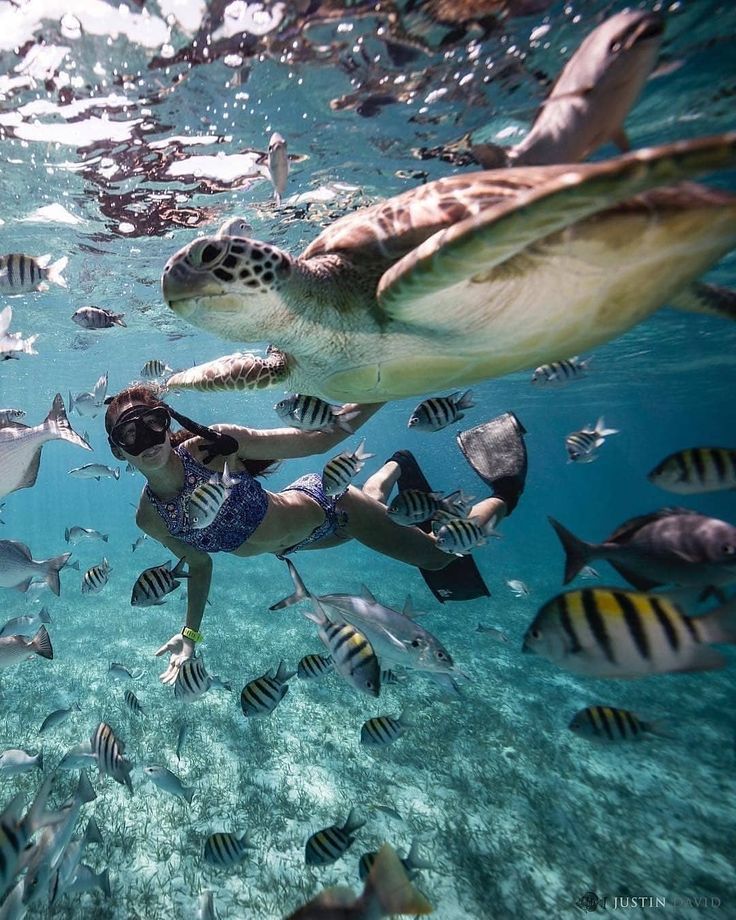
fuente: pinterest
La apnea es una actividad extraordinaria que permite explorar el mundo submarino sin necesidad de equipo de buceo engorroso. Consiste en contener la respiración mientras te adentras en las profundidades. confiar únicamente en sus propias capacidades físicas y mentalesA diferencia del buceo, que utiliza aparatos de respiración para suministrar aire bajo el agua, la apnea asume el reto de contener la respiración y enfatiza la conexión entre el buceador y el entorno. Esta forma de exploración submarina permite experimentar una sensación única de tranquilidad y unión con el océano.
Beneficios del buceo en apnea
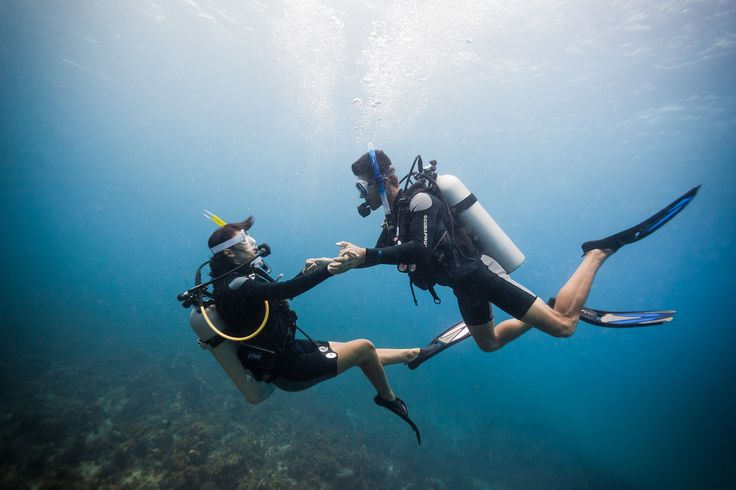
fuente: pinterest
Mejorar la capacidad pulmonar y el control de la respiración
Practicar apnea ofrece numerosos beneficios, tanto físicos como mentales. Una de las mejoras más notables es la mejora de la capacidad pulmonar y el control de la respiración. Con la práctica regular, los apneístas desarrollan la capacidad de inhalar mayores volúmenes de aire y contener la respiración durante períodos prolongados. Esto no solo aumenta la capacidad pulmonar general, sino que también mejora la eficiencia y el control respiratorios.
Mejorar la aptitud cardiovascular y la resistencia
Además, la apnea es un excelente ejercicio cardiovascular que mejora la condición física y la resistencia. El esfuerzo necesario para bucear y nadar bajo el agua fortalece el corazón y mejora la circulación sanguínea. Esto, a su vez, ayuda a desarrollar la resistencia y la salud cardiovascular en general.
Fomentando la fortaleza mental y la relajación
Otro beneficio significativo de la apnea reside en su capacidad para fomentar la fortaleza mental y la relajación. Este deporte requiere un alto nivel de concentración y enfoque, lo que obliga a los buceadores a dejar de lado cualquier distracción y a estar plenamente presentes en el momento. Esta atención plena, combinada con las técnicas de respiración rítmica utilizadas en la apnea, promueve un estado de calma, reduce el estrés y ayuda a alcanzar la claridad mental.
Apnea vs. Buceo
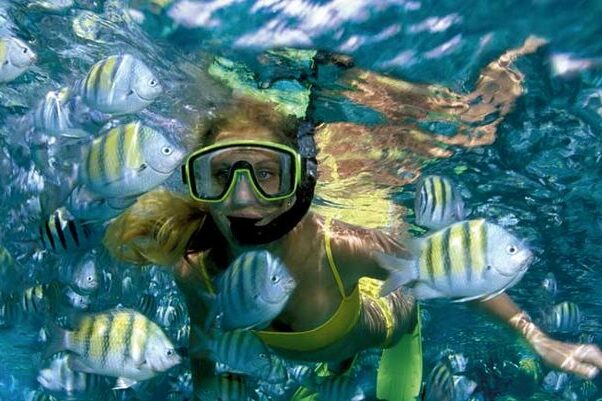
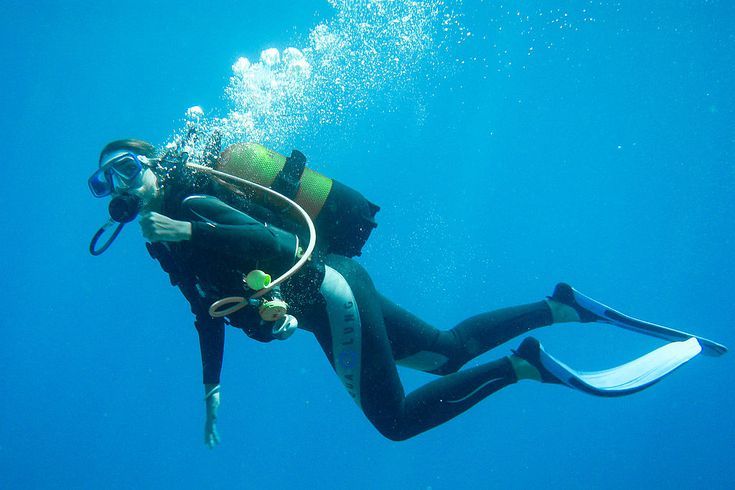
fuente: pinterest
Si bien tanto la apnea como el buceo permiten a las personas explorar el mundo submarino, difieren significativamente en términos de equipo, técnica y experiencia general.
| Apnea | Submarinismo | |
| Técnica | Se basa en técnicas de retención de la respiración y natación. | Cuenta con equipo especializado, incluido un tanque de buceo y un regulador. |
| Tiempo de fondo | Tiempo de fondo limitado debido a la retención de la respiración. | Tiempo de fondo más prolongado, ya que el suministro de aire lo proporciona el tanque de buceo. |
| Experiencia | Enfatiza la atención plena y la conexión con el océano. | Ofrece una experiencia más inmersiva para explorar los alrededores. |
| Equipo | Requiere menos equipamiento y material. | Requiere una amplia capacitación sobre el uso y mantenimiento del equipo. |
| Capacidad de profundidad | Adecuado para profundidades bajas a moderadas. | Permite inmersiones más profundas con la certificación y capacitación adecuadas. |
Aire suministrado desde la superficie vs. Independencia submarina
Una de las principales diferencias entre la apnea y el buceo con escafandra autónoma reside en el método de suministro de aire. En el buceo con escafandra autónoma, los buceadores dependen del aire proveniente de la superficie, proporcionado por un equipo de respiración. Este equipo permite permanecer largos periodos bajo el agua, proporcionando un suministro continuo de aire al buceador. En cambio, la apnea se centra en el arte de contener la respiración, lo que permite a los buceadores explorar las profundidades sin ninguna fuente externa de aire. Esto proporciona una sensación única de autosuficiencia y libertad, ya que los apneístas dependen exclusivamente de sus propias capacidades físicas.
La sensación de ingravidez en la apnea
Otro aspecto que distingue la apnea del buceo con escafandra autónoma es la sensación de ingravidez. En la apnea, los buceadores no tienen que cargar con un equipo pesado, lo que les permite deslizarse por el agua con facilidad y sin esfuerzo. Esta ingravidez crea una sensación de libertad absoluta, que permite a los buceadores experimentar el mundo submarino en su forma más pura.
La emoción y el desafío de contener la respiración
Uno de los aspectos más emocionantes de la apnea es el reto de aguantar la respiración. A diferencia de los buceadores, que tienen un suministro continuo de aire, los apneístas deben confiar en su capacidad y control pulmonar para permanecer bajo el agua. La capacidad de aguantar la respiración durante largos periodos se convierte en un logro personal, superando los límites de lo física y mentalmente posible. Esta emoción y la sensación de logro que la acompaña hacen de la apnea una experiencia verdaderamente única y gratificante.
¿Qué necesitas para la apnea?
Para practicar apnea, se requieren ciertas prácticas esenciales y opcionales. equipo de apnea Se requiere equipo de seguridad para garantizar la seguridad y un rendimiento óptimo. El equipo básico para la apnea incluye máscara, tubo y aletas.
Máscara de apnea
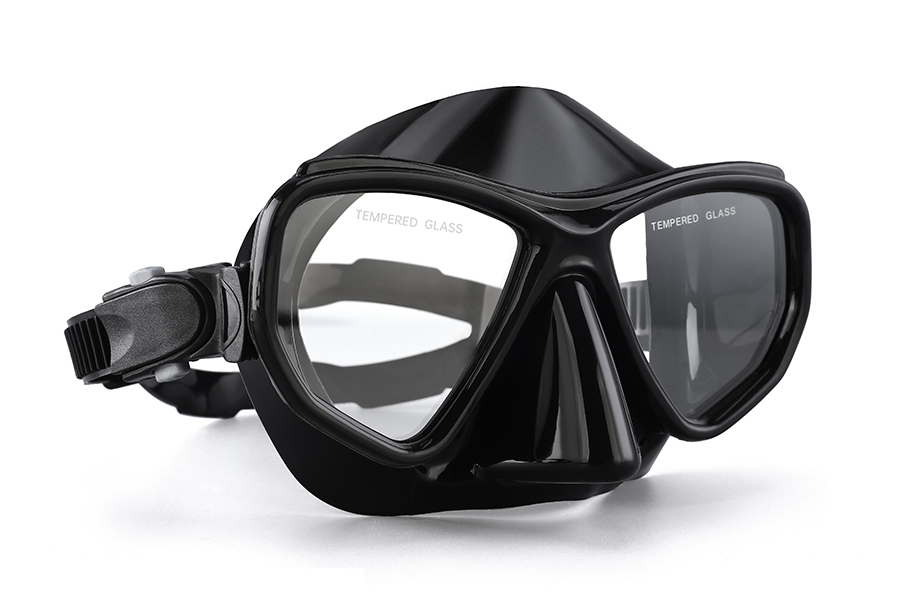
El máscara de apnea Proporciona un campo de visión nítido bajo el agua, permitiendo a los buceadores observar la fascinante vida marina y los paisajes submarinos. Una buena máscara de apnea debe ajustarse perfectamente, impidiendo la entrada de agua y ofreciendo una excelente visión periférica.
Apnea Snorkel
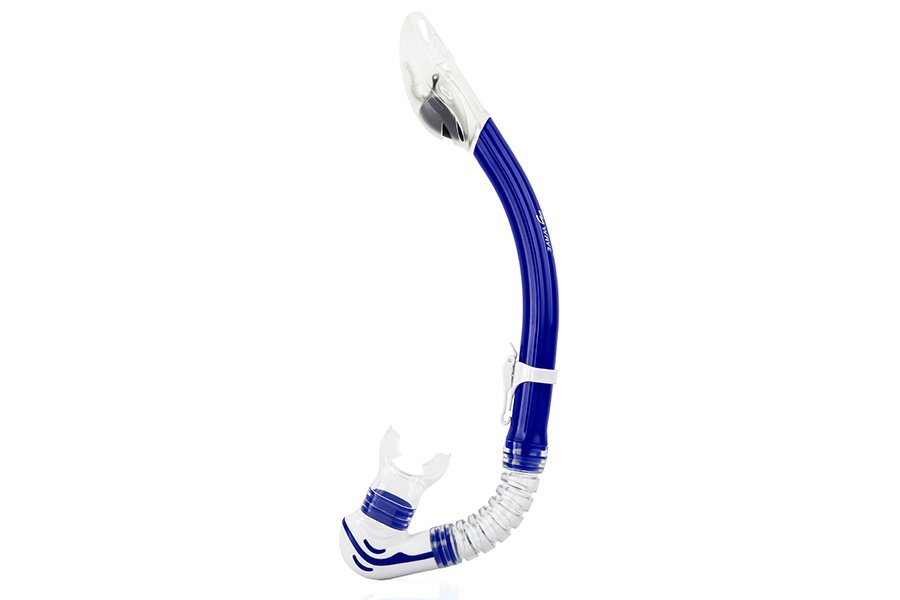
El snorkel para apnea Es una herramienta esencial que permite a los buceadores respirar mientras flotan boca abajo en la superficie del agua. Permite una respiración eficiente y ahorra energía, ya que los buceadores no tienen que salir a la superficie constantemente para respirar. El snorkel debe ser de alta calidad, con una boquilla cómoda y una válvula de purga eficiente para expulsar el agua que pueda entrar.
Aletas de apnea
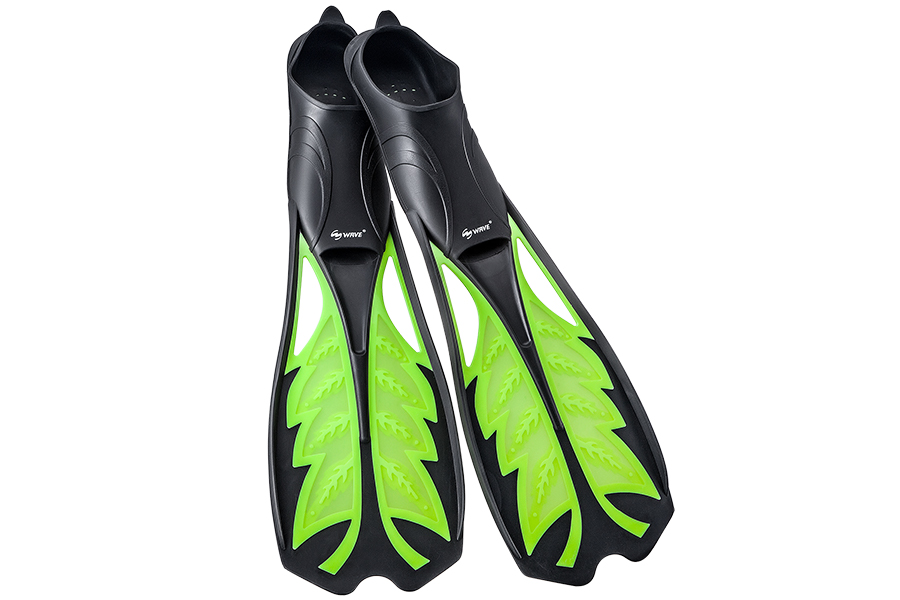
Aletas de apnea Son vitales para la propulsión en el agua, permitiendo a los buceadores moverse con mayor eficiencia y conservar energía. Vienen en varios diseños, y la elección depende de las preferencias personales y el estilo de buceo. Las aletas deben ajustarse cómodamente y ser cómodas de usar durante largos periodos.
Equipo de apnea opcional: trajes de neopreno, pesas y computadoras de buceo
Además del equipo esencial, hay equipos opcionales y equipos de seguridad que pueden mejorar la experiencia de apnea.
- Trajes de neopreno Proporcionan protección térmica y aislamiento, lo que permite a los buzos permanecer cómodos en temperaturas de agua más frías.
- Pesos Se utilizan para lograr flotabilidad neutra, ayudando a los buceadores a descender y permanecer a la profundidad deseada sin esfuerzo.
- Ordenadores de buceo Son herramientas valiosas que proporcionan datos en tiempo real como profundidad, tiempo de inmersión y velocidad de ascenso, garantizando la seguridad y la gestión de los perfiles de inmersión.
Equipo de seguridad: Boya y cuchillo de buceo
Por razones de seguridad, es crucial tener una boya sujeta a una línea cuando se practica apnea. Esto boya Actúa como marcador visual y puede usarse para descansar o señalar peligro. También proporciona visibilidad a otras embarcaciones, garantizando así la seguridad del buceador. Además, un cuchillo de buceo es esencial, ya que sirve para cortar enredos o líneas de pesca desechadas.
Cómo practicar apnea de forma segura
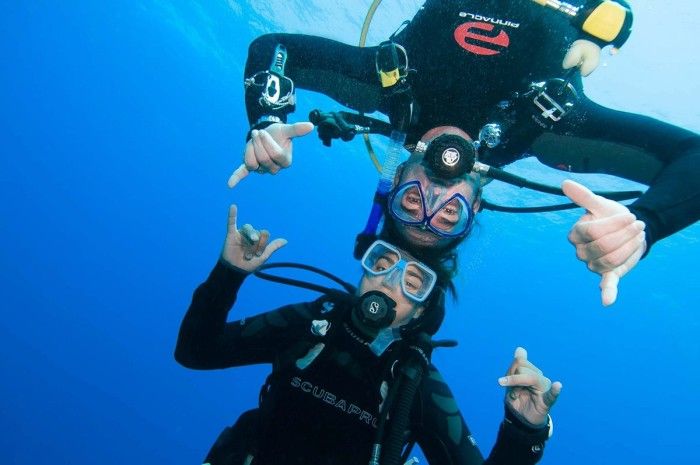
fuente: pinterest
Para practicar apnea de forma segura, hay varios factores importantes a tener en cuenta.
Entendiendo tus límites y habilidades
Lo primero y más importante es comprender tus límites y capacidades. Cada persona tiene capacidades fisiológicas y psicológicas diferentes, y es fundamental respetar estos límites y no forzarte más allá de lo que te resulta cómodo. Aprende cuándo suspender una inmersión si te sientes mal o fatigado.
Técnicas adecuadas de respiración y ejercicios de relajación
Las técnicas de respiración adecuadas y los ejercicios de relajación son fundamentales en la apnea. La respiración diafragmática, o respiración abdominal, permite un intercambio de gases más eficiente y promueve la relajación. Respirar lenta y controladamente antes de una inmersión puede ayudar a calmar la mente y preparar el cuerpo para la experiencia subacuática.
Sistema de compañeros y comunicación bajo el agua
El sistema de compañeros es una medida de seguridad esencial en la apnea. Bucea siempre con un compañero entrenado en apnea que pueda brindarte apoyo y asistencia en caso de emergencia. Establece una comunicación efectiva mediante la planificación previa a la inmersión y el uso de señales manuales. Comprueba regularmente el bienestar mutuo durante la inmersión para garantizar la seguridad y prevenir accidentes.
Procedimientos de emergencia y primeros auxilios en apnea
Es crucial estar preparado para emergencias al practicar apnea. Conocer las técnicas de primeros auxilios específicas para la apnea, como las respiraciones de rescate y las posiciones de recuperación, puede salvar vidas en situaciones críticas. Comprender y practicar los procedimientos de emergencia, como subir a la superficie lenta y uniformemente compensando los oídos, es vital para prevenir el barotrauma y otras condiciones potencialmente peligrosas.
Cómo bucear en apnea para principiantes
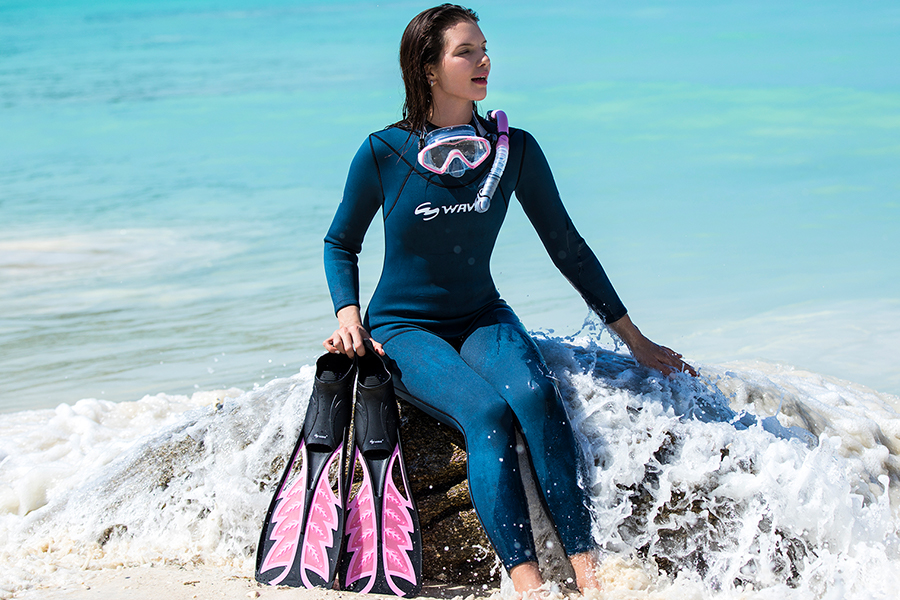
Hay varios factores importantes a tener en cuenta sobre cómo empezar a practicar apnea para principiantes.
Buscando un instructor o curso de apnea con buena reputación
Para quienes se inician en la apnea, es fundamental encontrar un instructor o curso de apnea de confianza. Una formación y una guía adecuadas de un instructor cualificado te garantizarán el desarrollo de las habilidades y los conocimientos necesarios para disfrutar de este deporte con seguridad. Busca instructores certificados por organizaciones reconocidas como AIDA, PADI o SSI. Un buen instructor te enseñará los fundamentos de la apnea, incluyendo protocolos de seguridad, técnicas de compensación y ejercicios de respiración. También te brindará retroalimentación y apoyo personalizados, ayudándote a progresar a un ritmo cómodo y a ganar confianza en tus habilidades.
Dominando las habilidades básicas: Patadas y ecualización adecuadas
Para convertirse en un apneísta competente, dominar las habilidades básicas es crucial. Las técnicas adecuadas de aleteo, como la patada de aleteo o la patada de delfín, le permitirán moverse eficientemente por el agua, conservando energía y maximizando el tiempo de apnea. La patada de aleteo implica movimientos alternados de las piernas, mientras que la patada de delfín utiliza un movimiento fluido, similar a una ola. La compensación, el proceso de igualar la presión en el oído medio, es esencial para prevenir el barotrauma y las molestias. Técnicas como la maniobra de Valsalva o la maniobra de Frenzel pueden ser útiles. Progresar gradualmente en profundidad y tiempo bajo el agua le permitirá ganar confianza y fortalecer sus habilidades de apnea.
Superar los bloqueos mentales
Superar los bloqueos mentales es un aspecto crucial de la apnea. El miedo a aguantar la respiración o a sumergirse puede limitar significativamente tu progreso. Practicando técnicas de relajación como la relajación muscular progresiva y la respiración profunda, puedes calmar tu mente y cuerpo. Los ejercicios de visualización, donde imaginas inmersiones exitosas y serenas, ayudan a crear una imagen mental positiva. Además, el diálogo interno positivo refuerza la confianza y disipa los pensamientos negativos. Al aplicar estas estrategias de forma constante, puedes superar las barreras mentales, desarrollar confianza en tus habilidades y disfrutar plenamente de la experiencia transformadora de la apnea.
Técnicas y entrenamiento para contener la respiración
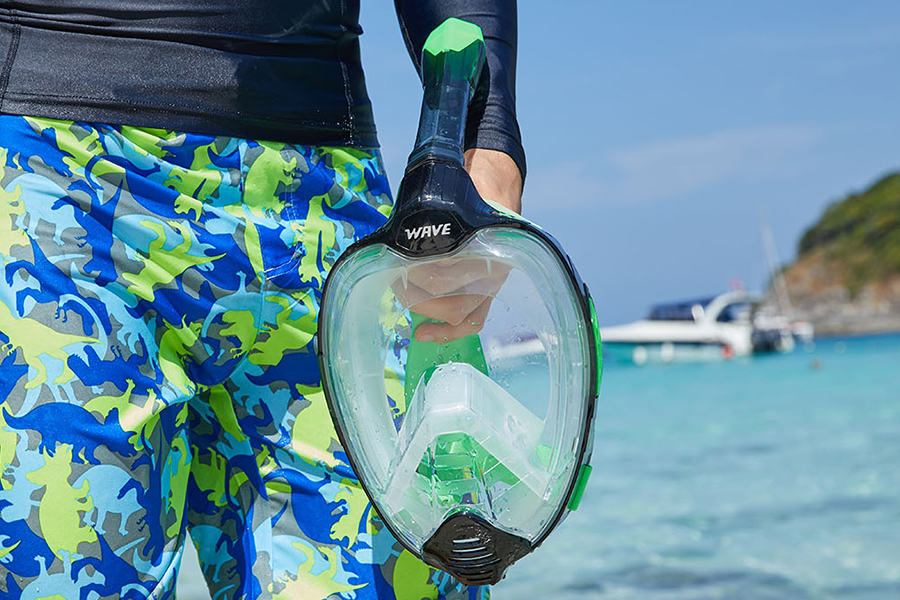
Desarrollo de la capacidad pulmonar y la respiración diafragmática
Desarrollar la capacidad pulmonar y dominar la respiración diafragmática son esenciales en la apnea. El entrenamiento regular puede aumentar la cantidad de aire que se puede inhalar y almacenar, prolongando así el tiempo de apnea. Comienza con ejercicios de respiración diafragmática, que consisten en respirar profundamente hacia la parte inferior de los pulmones expandiendo el diafragma en lugar del pecho. Incorpora ejercicios como la respiración al vacío, que consiste en exhalar completamente y subir el diafragma, y el empaquetamiento pulmonar, donde se realizan múltiples respiraciones cortas para expandir los pulmones más allá de su capacidad habitual. Estas técnicas pueden mejorar significativamente la capacidad pulmonar y optimizar la función respiratoria, mejorando así tu rendimiento general en apnea.
Ejercicios de apnea estática
Los ejercicios de apnea estática se centran en aumentar el tiempo de apnea. Estos ejercicios implican contener la respiración en reposo, aumentando gradualmente la duración. Empiece por buscar un entorno cómodo y seguro, como una piscina, con un compañero o instructor capacitado. Comience con la respiración diafragmática para maximizar el consumo de oxígeno y luego contenga la respiración manteniéndose lo más relajado posible. Implementar técnicas de relajación, como la visualización y la relajación muscular controlada, puede reducir la ansiedad y mejorar el rendimiento general de la apnea, lo que permite sesiones de apnea estática más largas y efectivas.
Ejercicios de apnea dinámica
Los ejercicios de apnea dinámica se centran en el desarrollo de la resistencia y la eficiencia en la apnea. Estos ejercicios implican nadar horizontal o verticalmente conteniendo la respiración, lo que mejora la capacidad de nadar distancias más largas y conservar energía.
La utilización de técnicas adecuadas, junto con entrenamiento y práctica regulares, mejorará su capacidad de contener la respiración y le permitirá explorar el mundo submarino durante períodos prolongados.
Errores comunes en apnea y cómo evitarlos
Hay varios errores comunes que se cometen al practicar apnea. Ser consciente de ellos y saber cómo evitarlos es fundamental para una experiencia de buceo segura y placentera.
Saltarse los ejercicios de calentamiento y estiramiento Puede provocar distensiones musculares, calambres y una reducción general del rendimiento en el agua. Un calentamiento y estiramiento adecuados ayudan a preparar el cuerpo para el esfuerzo de la apnea y a reducir el riesgo de lesiones.
Ignorar los signos de problemas respiratoriosLos síntomas, como la tos o las sibilancias, pueden ser peligrosos. Estos síntomas pueden indicar inflamación de los pulmones o las vías respiratorias, lo que puede provocar posibles complicaciones en el agua. Si experimenta algún problema respiratorio, es fundamental consultar a un médico y abstenerse de practicar apnea hasta que un profesional de la salud lo autorice.
Descendiendo demasiado rápido Durante una inmersión, puede producirse barotrauma, una afección causada por la presión desigual entre el oído medio y el entorno. Omitir las técnicas de compensación adecuadas puede provocar lesiones en el oído y afectar la experiencia general de buceo. Tómese su tiempo y compense con frecuencia durante el descenso para garantizar una inmersión segura y cómoda.
Falta de medidas de seguridad adecuadas y comunicación con tu compañero El buceo en apnea puede ser extremadamente peligroso. No tener un compañero de buceo, descuidar la planificación previa a la inmersión o no establecer señales manuales claras puede provocar accidentes o pérdida de comunicación bajo el agua. Priorice siempre la seguridad del buceador y respete los protocolos de seguridad establecidos.
Los mejores destinos de apnea del mundo
Para aquellos que buscan destinos de apnea impresionantesEl mundo ofrece una gran cantidad de impresionantes lugares submarinos. Estos destinos brindan la oportunidad de sumergirse en la belleza y diversidad de la vida marina.
El Gran Agujero Azul en Belice
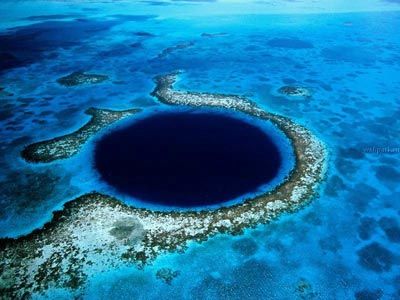
fuente: pinterest
El Gran Agujero Azul de Belice es un famoso e icónico destino de apnea. Este enorme cenote submarino presume de aguas cristalinas y azules, atrayendo a buceadores deseosos de explorar sus místicas profundidades. El Gran Agujero Azul rebosa de vibrantes formaciones coralinas y diversas especies marinas, ofreciendo una atmósfera sobrenatural. Al descender a su profundo azul, encontrará fascinantes estalactitas y estalagmitas, convirtiéndola en una experiencia de apnea inolvidable que combina la belleza natural con un toque de aventura.
Aguas cristalinas de las Maldivas
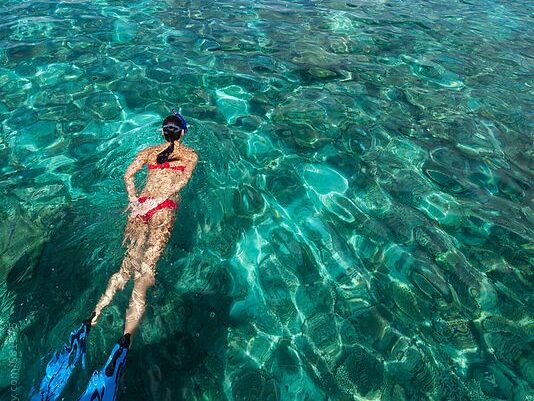
fuente: pinterest
Las Maldivas son famosas por sus aguas cristalinas de color turquesa y su abundante vida marina, lo que las convierte en un destino ideal para los amantes del buceo en apnea. Sumérgete en la inmensa belleza de sus vibrantes arrecifes de coral, donde podrás observar esquivas mantarrayas deslizándose con gracia y nadar junto a apacibles tiburones ballena. La visibilidad submarina es inigualable, lo que permite una experiencia inmersiva en un verdadero paraíso marino. Las Maldivas ofrecen un viaje inolvidable a las profundidades para los amantes del buceo, con la promesa de aventuras y encuentros impresionantes.
La península de Yucatán en México
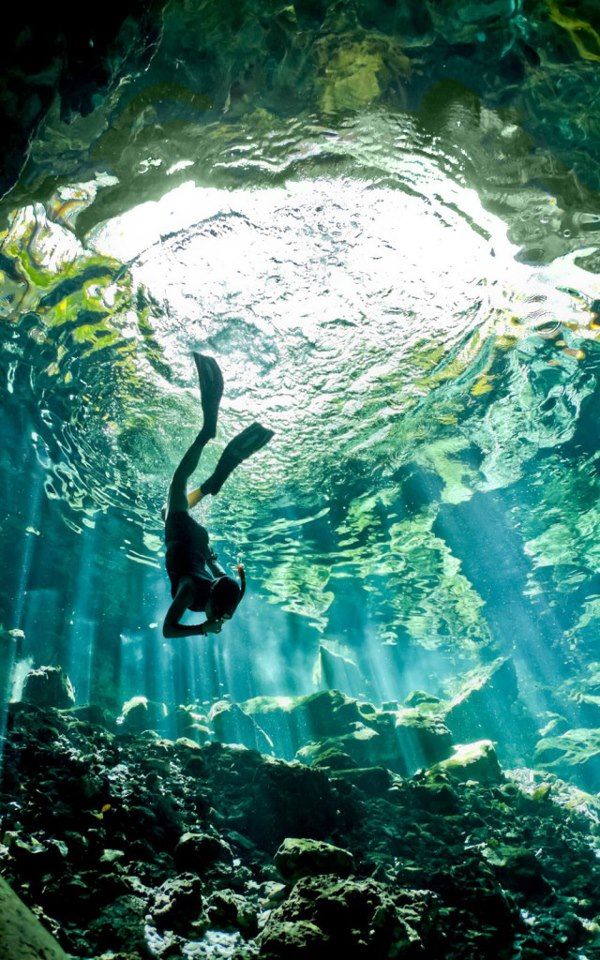
fuente: pinterest
La Península de Yucatán, en México, alberga algunos de los sistemas de cuevas submarinas más extraordinarios del mundo, conocidos como cenotes. Estos sumideros naturales, formados a partir del colapso de lechos rocosos de piedra caliza, crean un entorno misterioso y cautivador para la exploración de los apneístas. Con imponentes formaciones rocosas, aguas cristalinas y rayos de sol penetrando las profundidades, los cenotes ofrecen una experiencia de apnea única e inolvidable. Ya sea navegando por estrechos pasajes o maravillándose con las estalactitas y estalagmitas sumergidas, los cenotes ofrecen una aventura de otro mundo.
Los arrecifes de coral de Indonesia
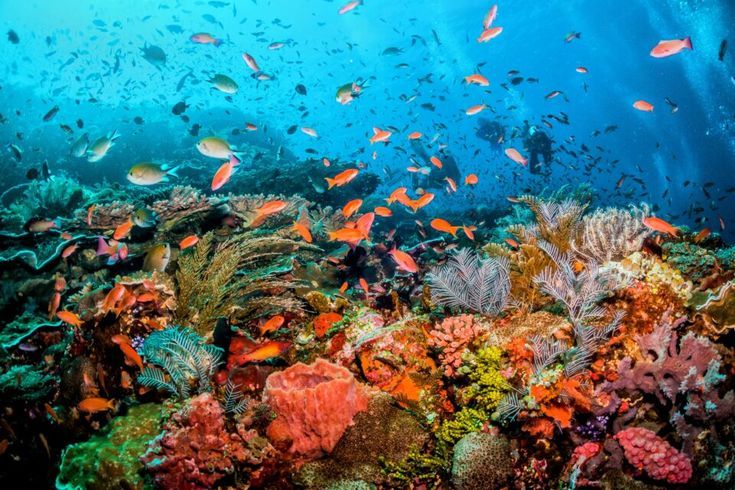
fuente: pinterest
Los ricos arrecifes de coral de Indonesia son una visita obligada para los amantes del buceo en apnea. Lugares emblemáticos como Raja Ampat y Bali albergan algunos de los ecosistemas marinos más diversos y vibrantes del mundo. Sumérgete en un colorido tapiz de jardines de coral, observa majestuosas mantarrayas y sé testigo de la increíble biodiversidad que prospera bajo la superficie. Las cálidas aguas de Indonesia y sus impresionantes paisajes submarinos la convierten en un destino ideal tanto para apneístas principiantes como experimentados.
Conclusión
La apnea ofrece una experiencia transformadora e inspiradora, que permite conectar profundamente con el océano. Tanto si eres principiante como si eres un apneísta experimentado, explorar los mejores destinos de apnea del mundo sin duda te cautivará por las maravillas del mundo submarino. Así que respira hondo, sumérgete en las profundidades y deja que el fascinante mundo submarino se despliegue ante tus ojos.
Preguntas frecuentes
P1: ¿Cuáles son las diferentes disciplinas del buceo en apnea?
La apnea abarca varias disciplinas, cada una centrada en diferentes aspectos del buceo en apnea. Algunas disciplinas comunes son:
- Peso constante (CWT): Buceo con aletas y/o monoaleta, donde el buceador desciende y asciende con el mismo peso.
- Inmersión libre (FIM): Tirar de una cuerda para descender y ascender sin utilizar aletas.
- Apnea estática (STA): Aguantar la respiración el mayor tiempo posible mientras se flota en la superficie.
- Apnea dinámica (DYN): Nadar horizontalmente bajo el agua con aletas o una monoaleta para cubrir la máxima distancia en una sola respiración.
P2: ¿Cómo empiezo a aprender apnea?
Para empezar a aprender apnea, es fundamental realizar un curso con un instructor certificado o una escuela de apnea reconocida. Los principiantes aprenderán protocolos de seguridad, técnicas de respiración, métodos de compensación y habilidades subacuáticas básicas. Se recomienda practicar en un entorno controlado, como una piscina, antes de pasar a aguas abiertas. Además, mantener una buena condición física, practicar la relajación y mejorar la capacidad pulmonar pueden contribuir a mejorar tu experiencia de apnea.
P3: ¿Es seguro el buceo en apnea?
La apnea puede ser segura si se practica correctamente y con la formación adecuada. Las medidas de seguridad incluyen no bucear nunca solo, comprender sus límites y contar con un compañero o observador capacitado. Es fundamental aprender y seguir los protocolos de seguridad, como reconocer los signos de hipoxia (bajo nivel de oxígeno) y cómo realizar procedimientos de rescate. Evitar la hiperventilación antes de las inmersiones y ascender lentamente también son importantes para prevenir desmayos en aguas poco profundas y otros riesgos.
P4: ¿Qué equipo necesito para la apnea?
El equipo básico de apnea incluye una máscara de bajo volumen, aletas largas y un traje de neopreno para protegerse del frío y proporcionar flotabilidad. Se suele usar un tubo respirador para respirar en la superficie antes y después de las inmersiones. Un cinturón de lastre ayuda a lograr flotabilidad neutra en profundidad, y un reloj de buceo o un ordenador permiten registrar los tiempos y las profundidades de las inmersiones. Además, se utiliza equipo de seguridad, como un flotador o una boya, para marcar el punto de inmersión y proporcionar apoyo en la superficie.
P5: ¿Cómo puedo mejorar mi tiempo de apnea?
Mejorar el tiempo de apnea implica practicar técnicas de respiración específicas, como la respiración diafragmática y la respiración de relajación. El entrenamiento regular en apnea estática (contener la respiración en reposo) y apnea dinámica (contener la respiración al nadar horizontalmente) puede ser útil. La aptitud cardiovascular, la flexibilidad y una dieta adecuada también contribuyen a mejorar la capacidad de apnea. Es importante aumentar la duración de la apnea gradualmente y en condiciones seguras.
P6: ¿Cuáles son los beneficios del buceo en apnea para la salud?
La apnea ofrece numerosos beneficios para la salud, como una mayor capacidad pulmonar y eficiencia respiratoria. Mejora la condición cardiovascular, reduce el estrés mediante técnicas de relajación y aumenta la concentración y la disciplina. Este deporte también promueve una mayor conciencia corporal y flexibilidad. Además, estar en el agua y conectar con la naturaleza puede brindar una sensación de paz y bienestar. Sin embargo, es importante practicarlo con seguridad para evitar posibles riesgos.
